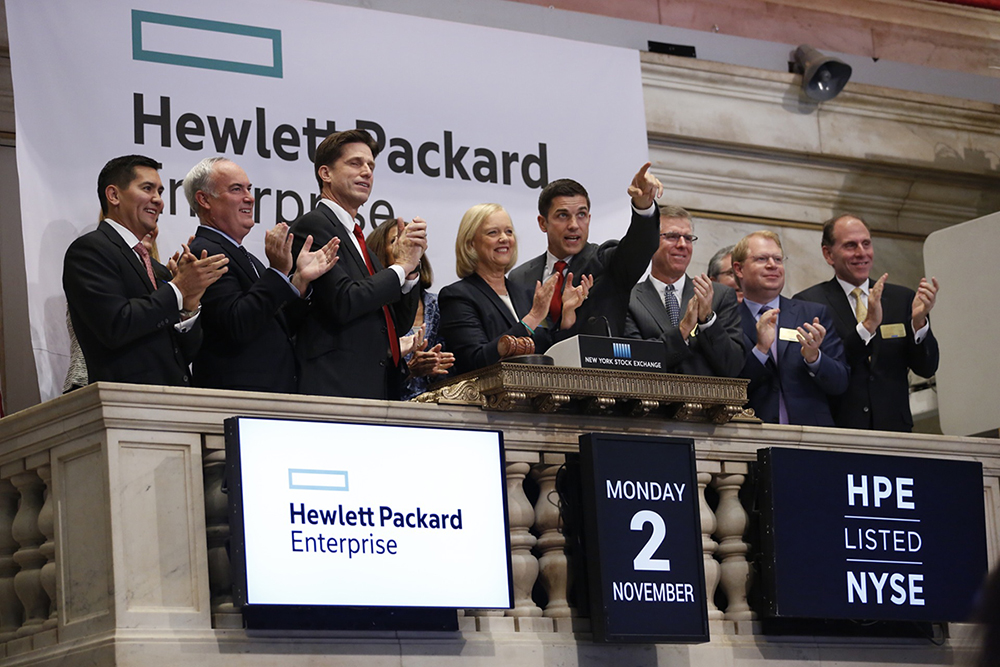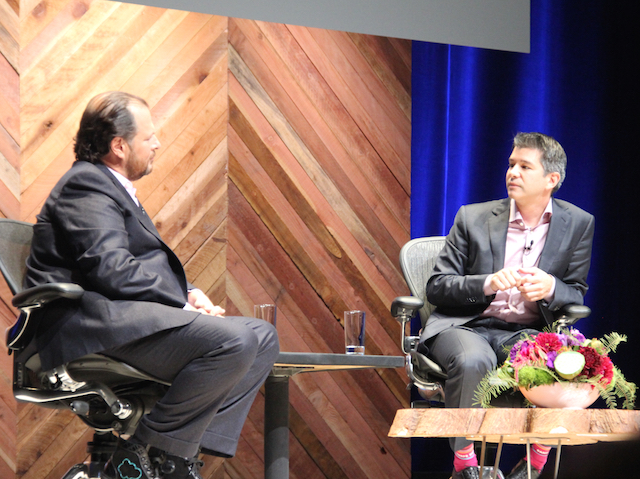Why did the Concorde fail? Website Vox has a nice mini-documentary on the iconic supersonic airliner of the 1970s which looks at why the aircraft never became popular.
Fuel costs, opposition to supersonic flights and the aircraft’s limited passenger capacity are all factors cited in the story.
Passenger capacity turned out to be the main reasons why the project wasn’t a commercial success as the economics of the airline industry changed over the decade it took to develop the aircraft.
Wide bodied jets such as the DC-10, the L-1011 and, most importantly the Boeing 747, offered much better profits and reliability for airlines while the 1978 US airline industry deregulation act democratised air travel in the world’s biggest market. The 1973 oil shock which saw fuel prices was .
As a high priced luxury, the Concorde couldn’t compete in that market. It was only the British and French governments absorbing development costs that allowed Air France and BA to fly it for as long as they did.
Interestingly, we’re seeing a similar shift affecting the Airbus A380 which has been affected by the airline industry shifting from four engine long distance jets to cheaper two engine planes and consumers show their preference for ‘point to point’ networks rather than ‘hub and spoke’ operations – the biggest customer for the A380 is Emirates Airlines which routes almost all of its global operations through Dubai.
The Concorde was one of several brave experiments of the 1960s but its demise shows that despite how impressive the technology was, it was no match for economic reality. That is something we need to keep in mind as we marvel at today’s advances.
Concorde image from Airliners.net




